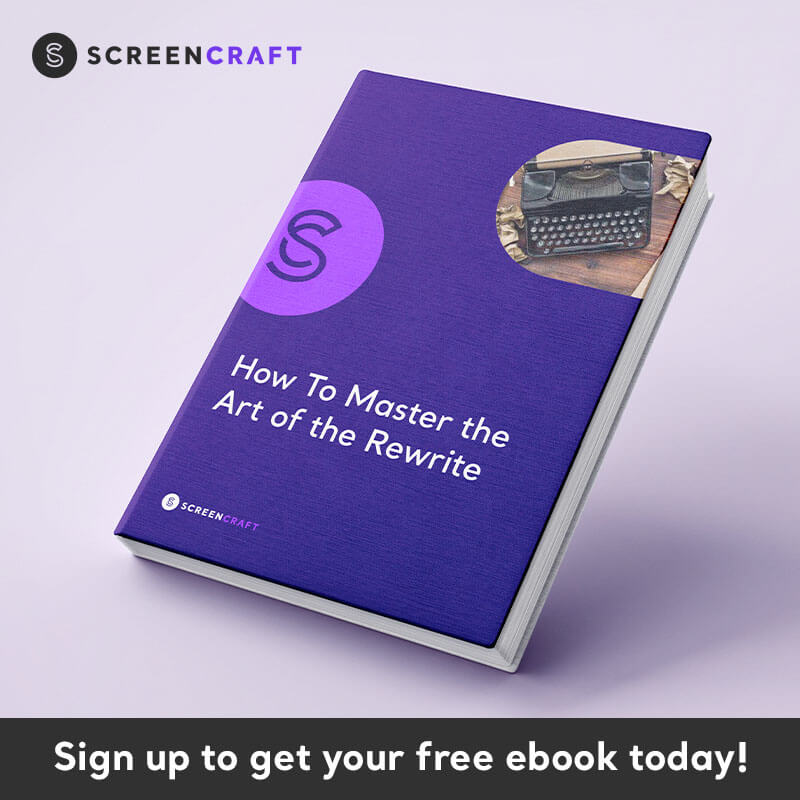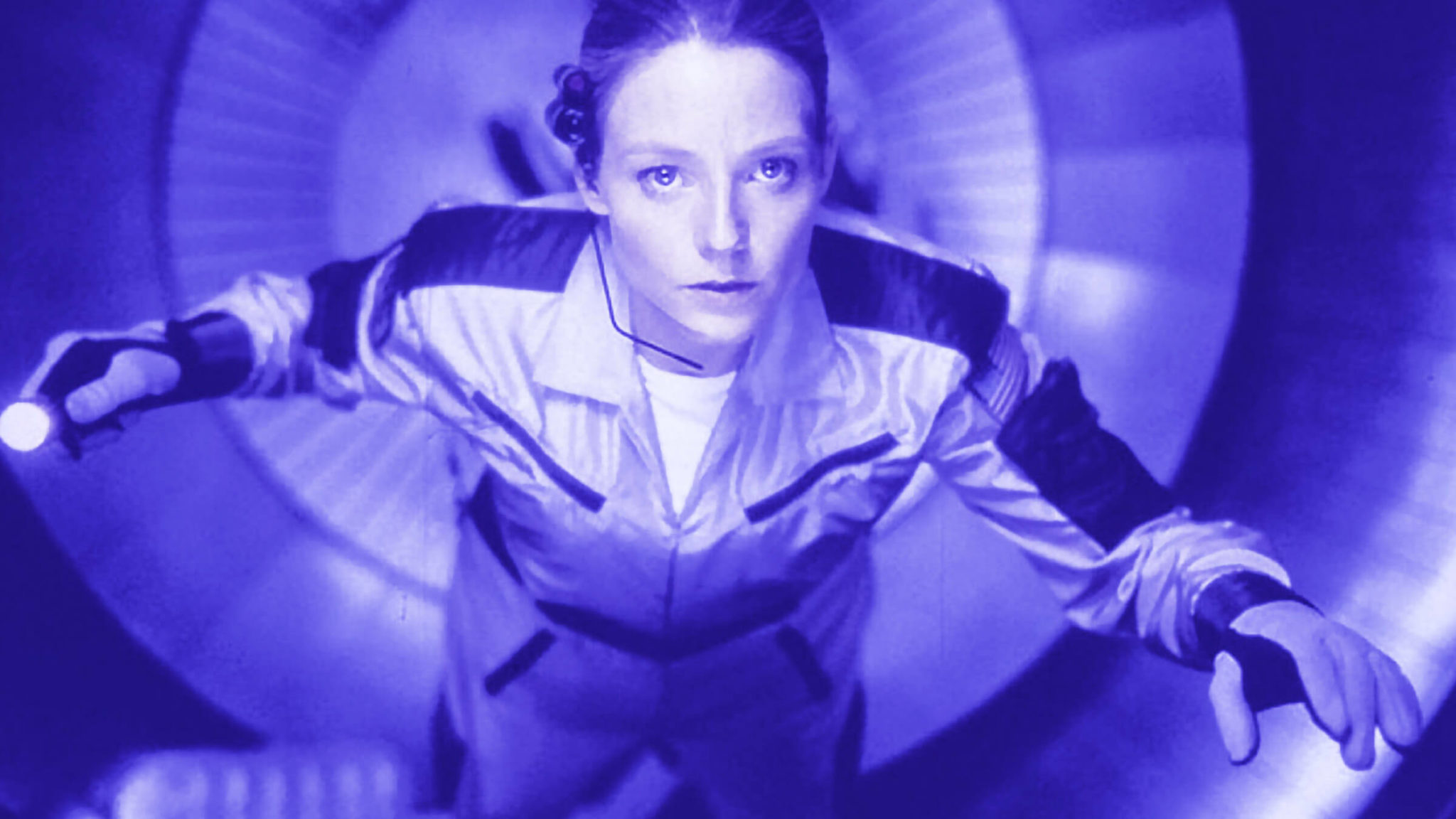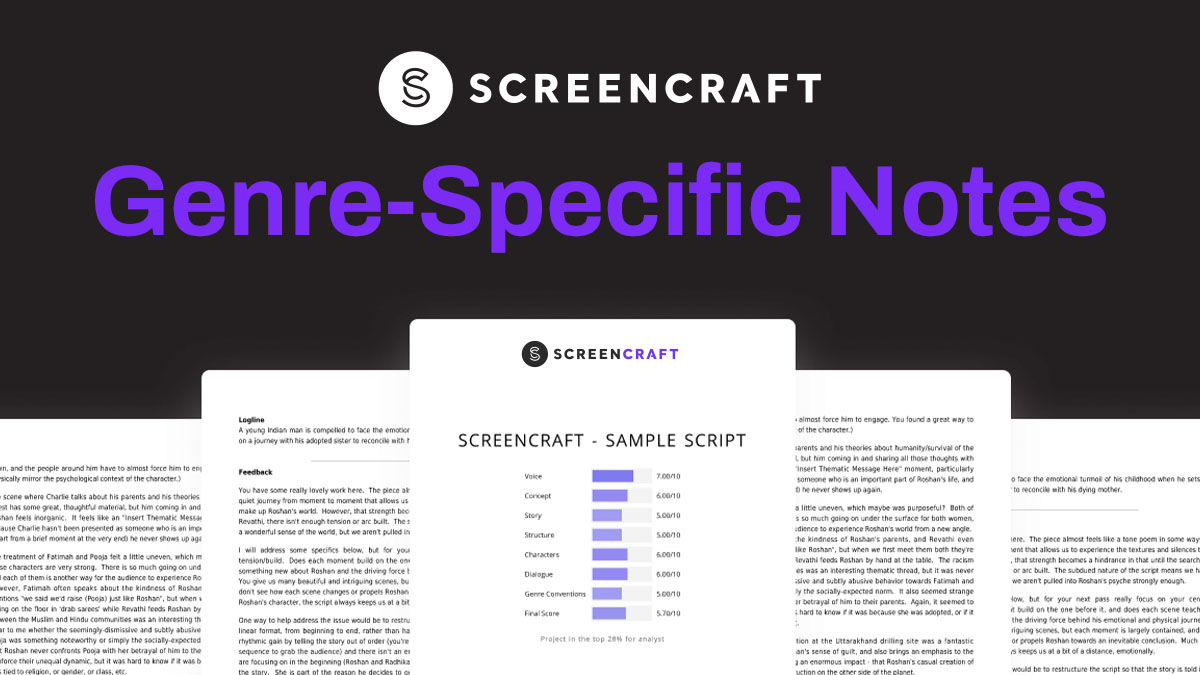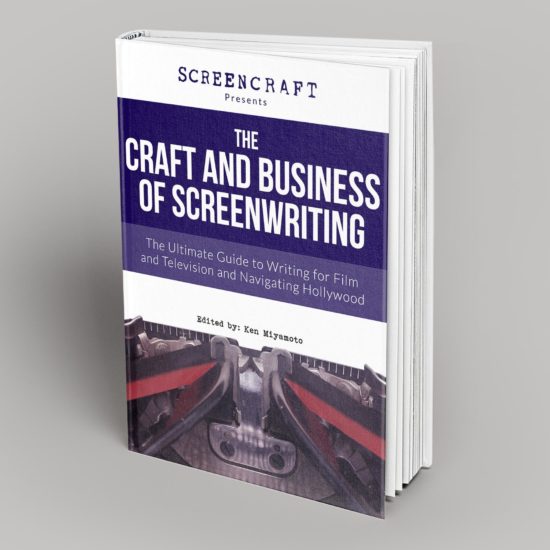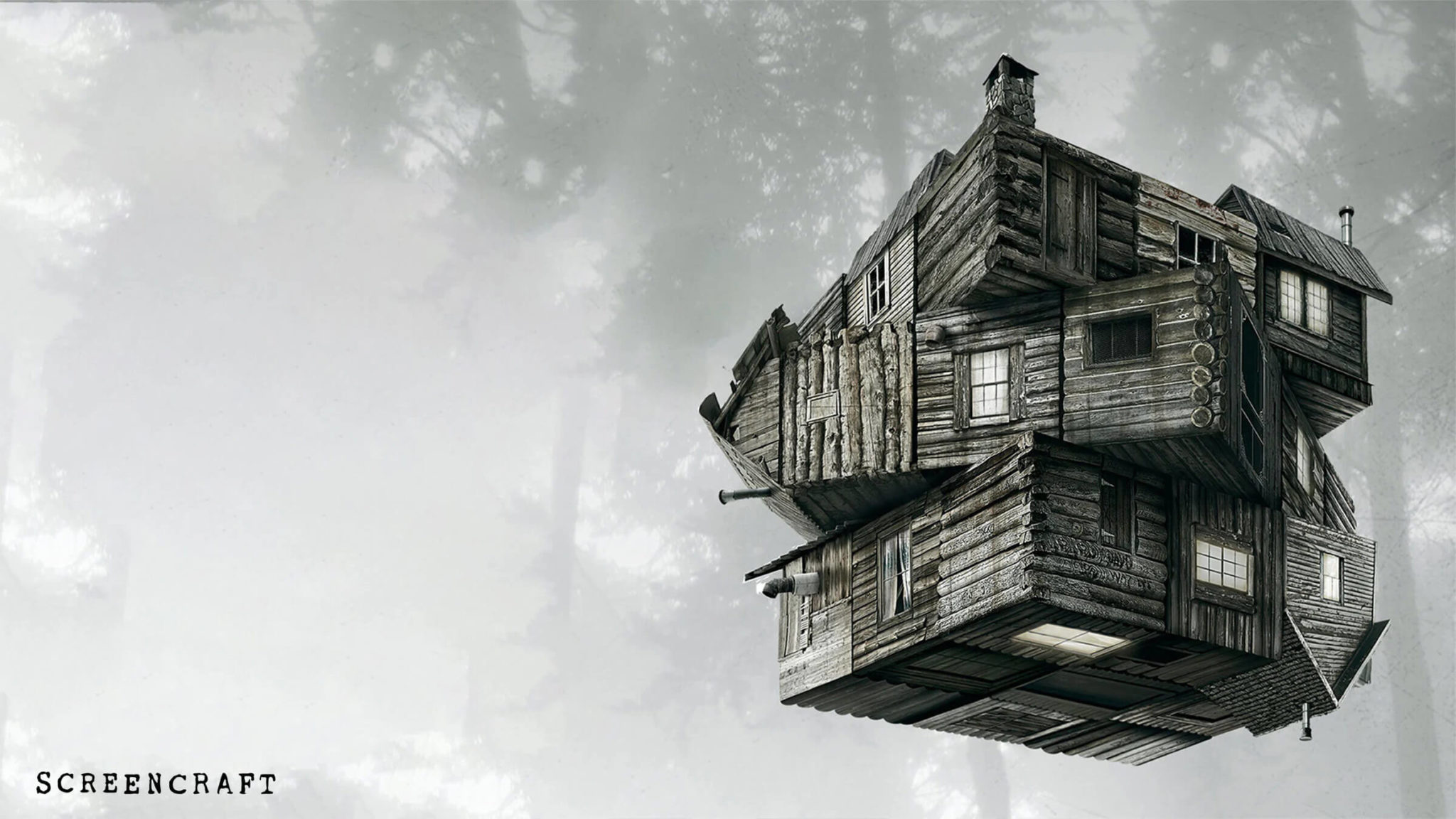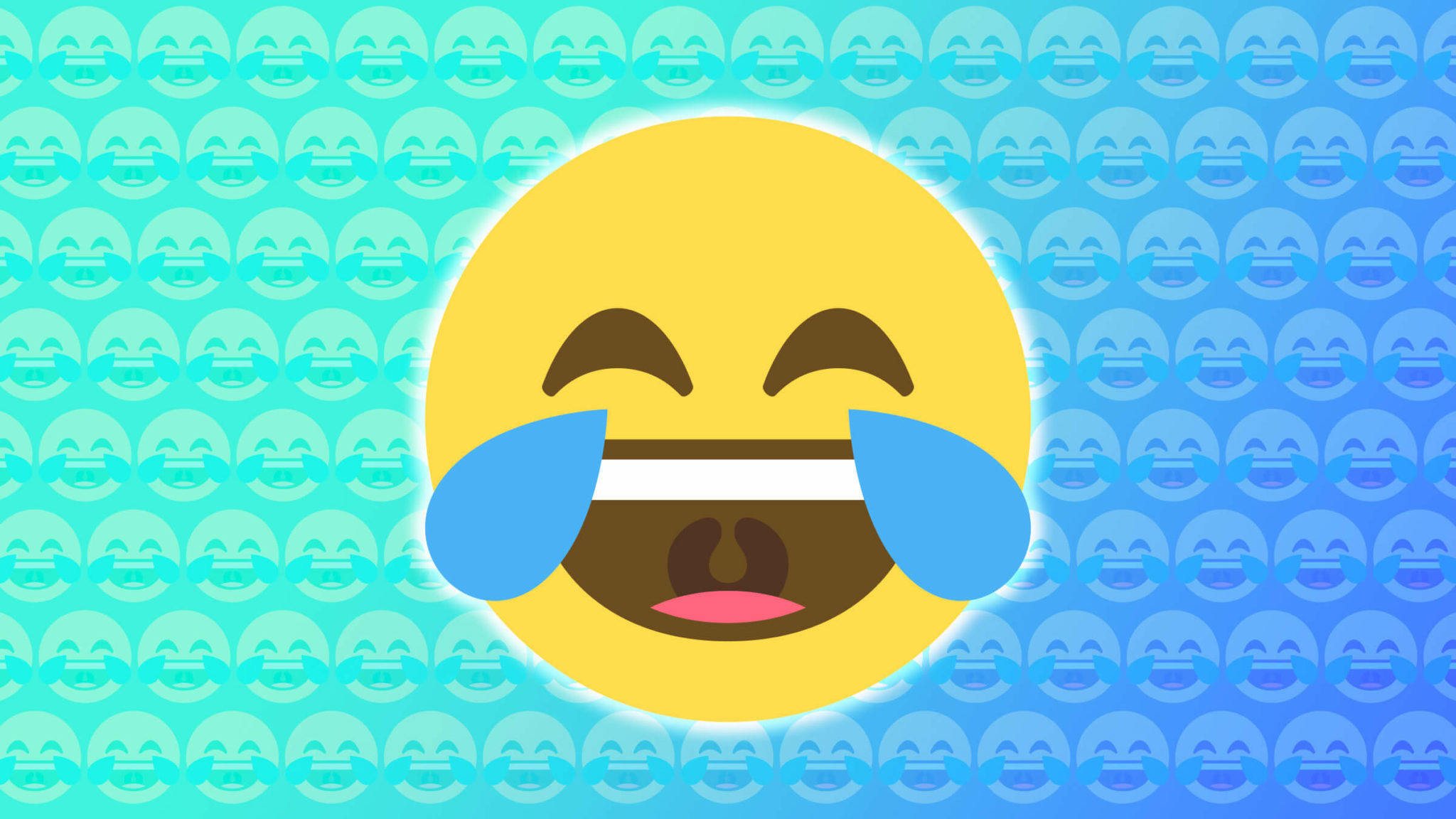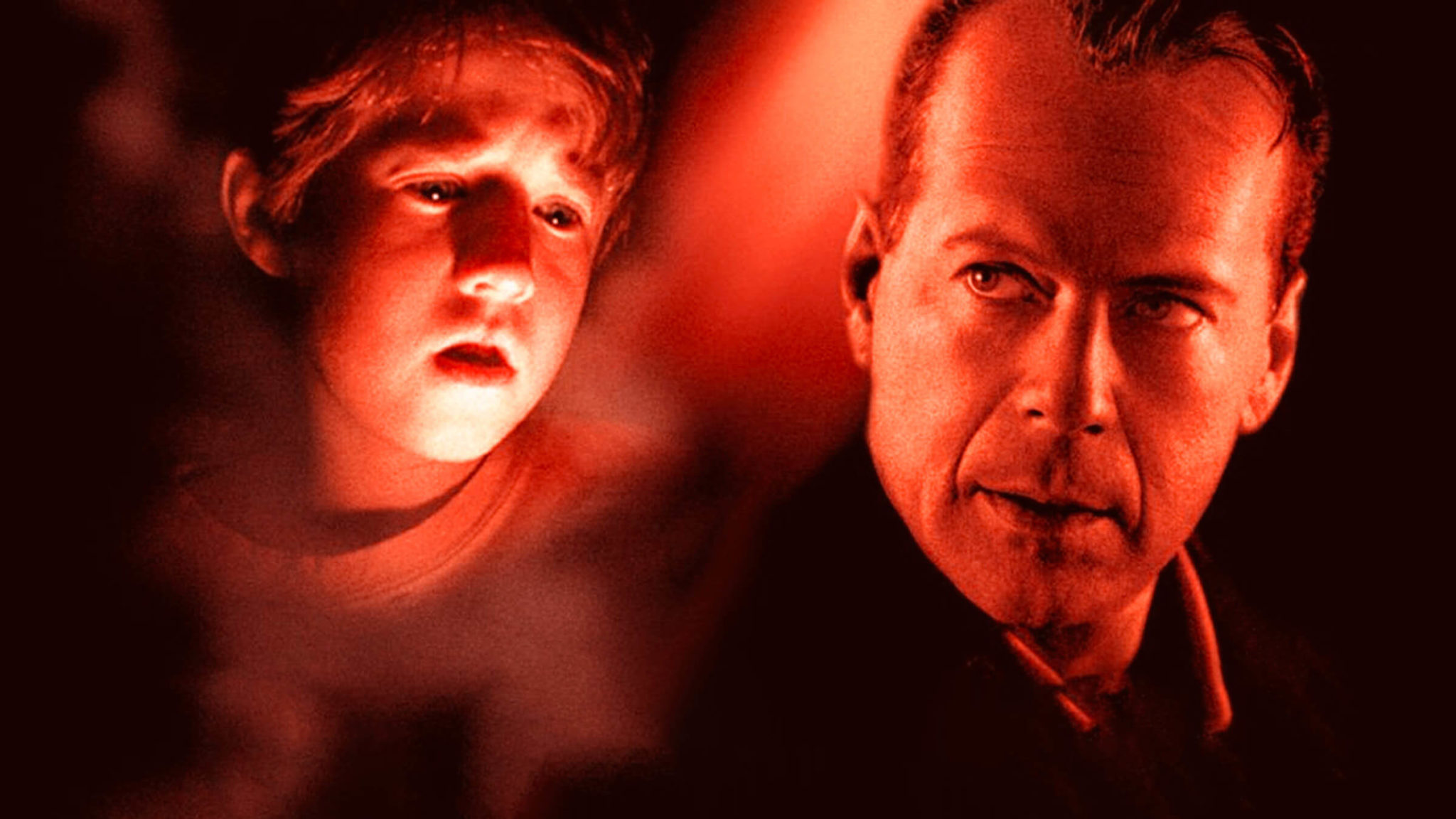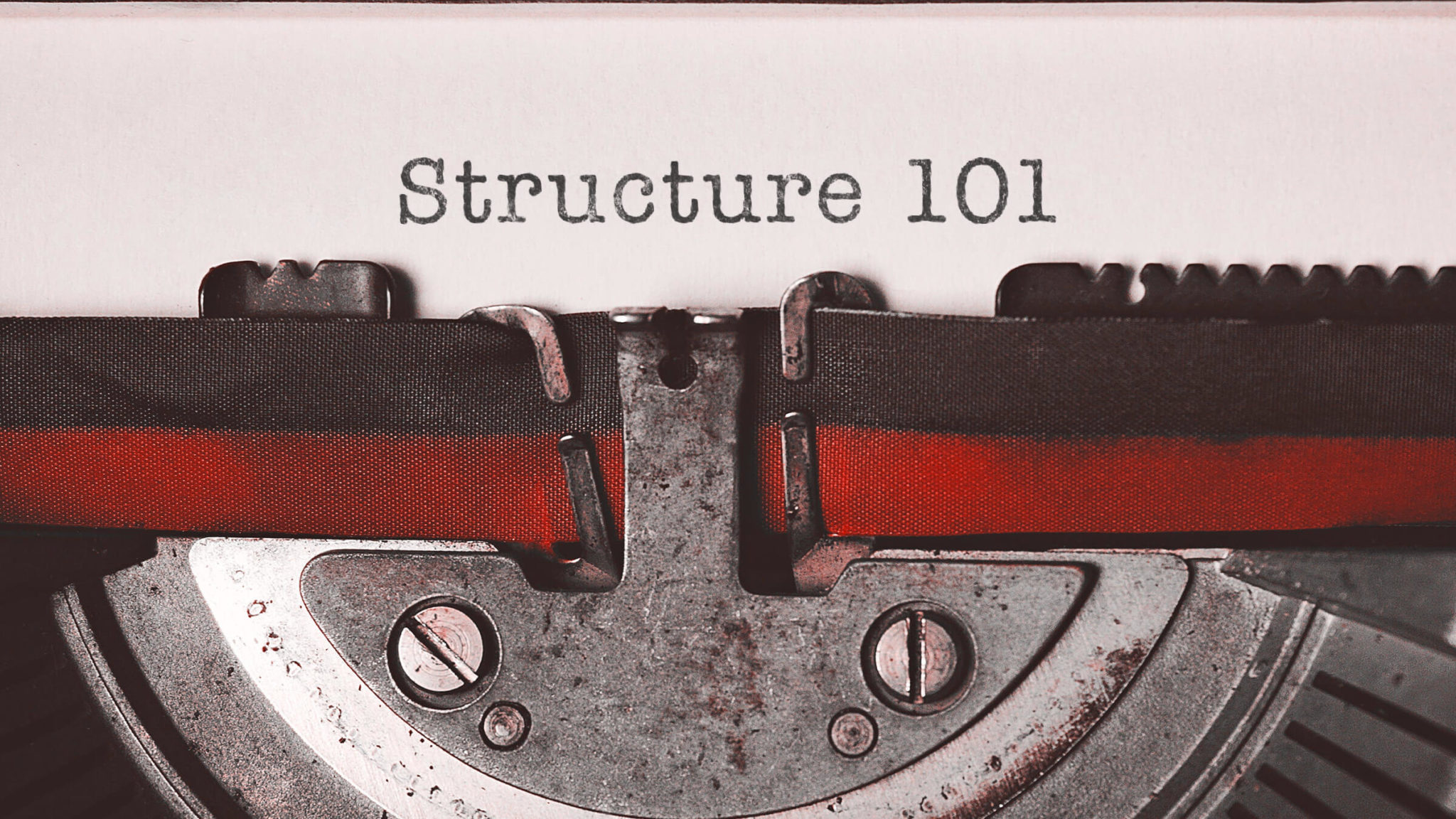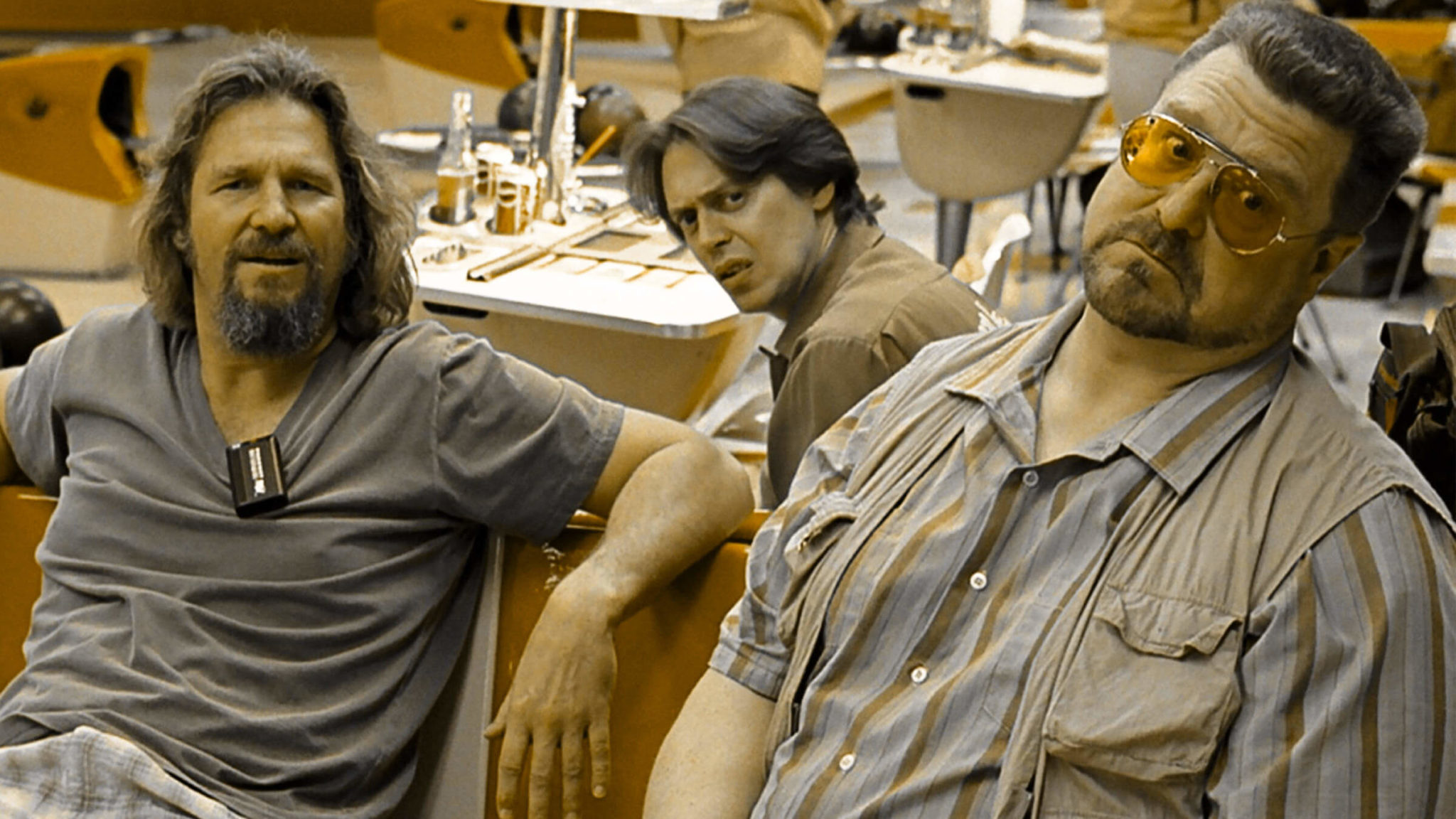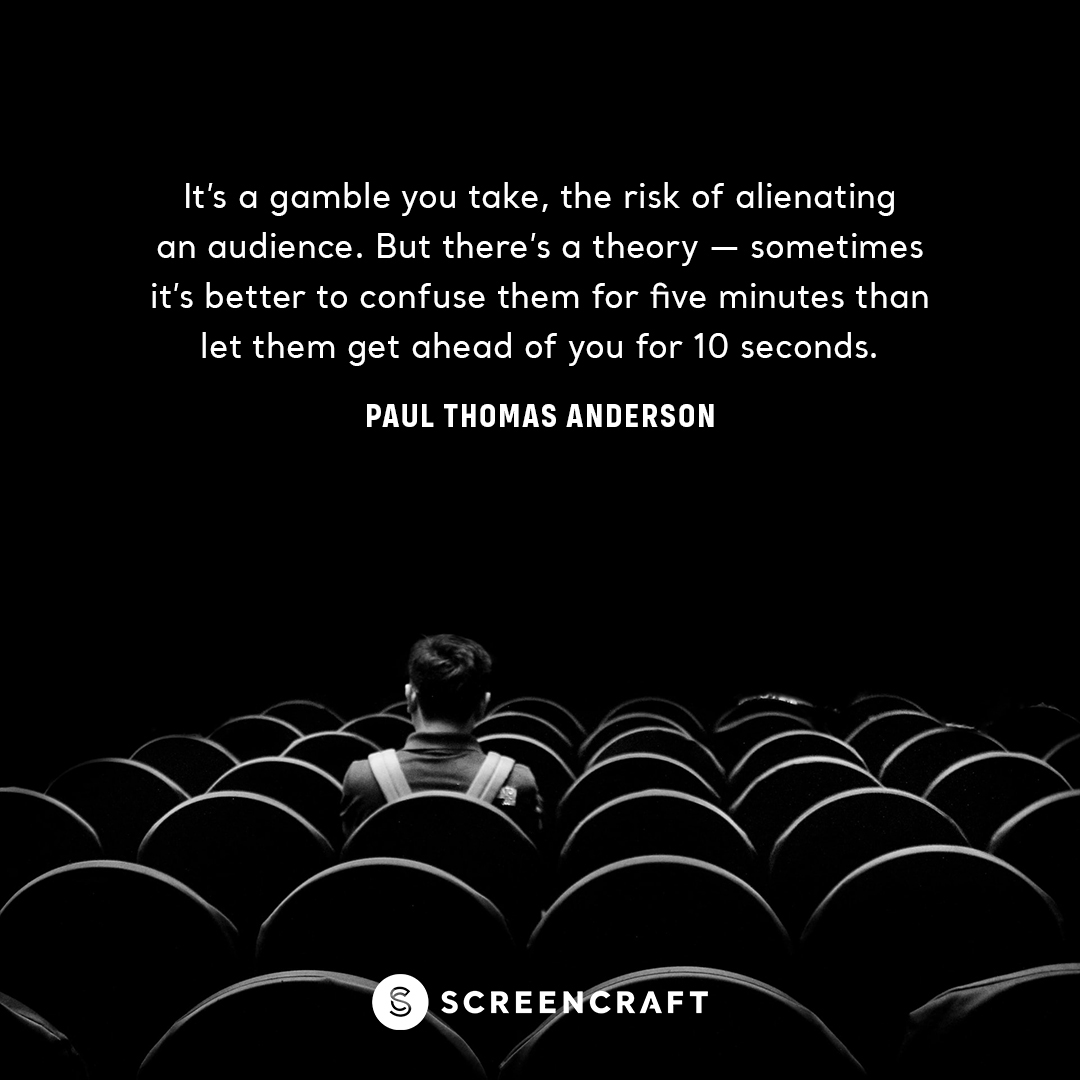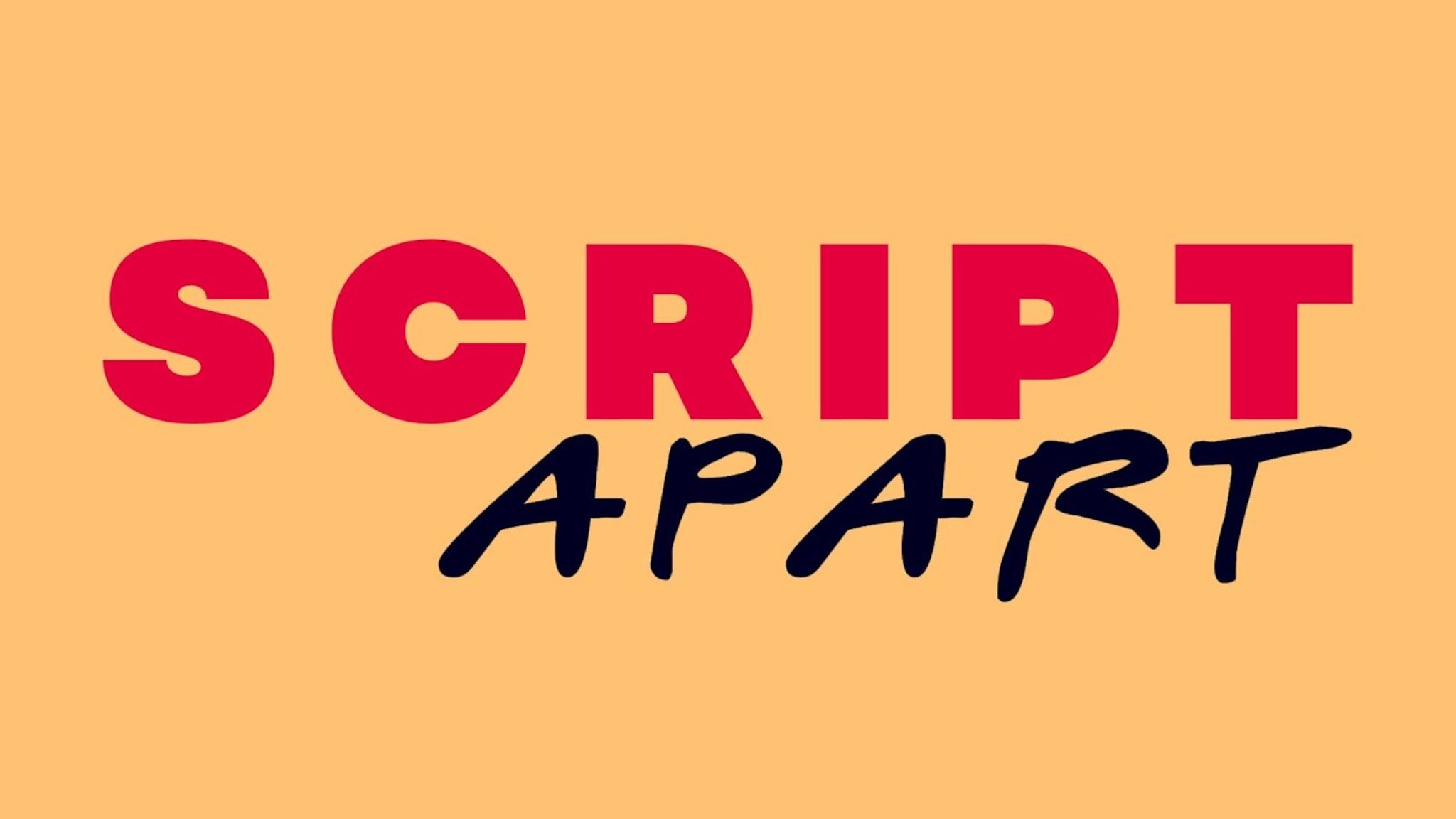How 'Contact' Screenwriter James V. Hart Wrote One of the Most Loved Sci-Fi Dramas of All Time
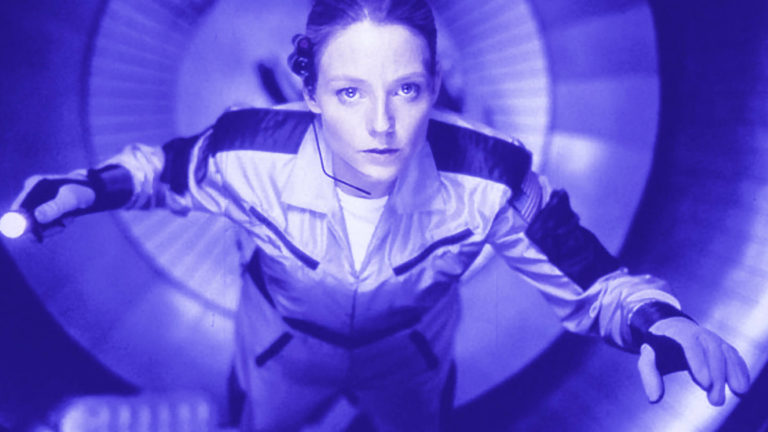
Traveling to the other side of the universe in an intergalactic wormhole? That’s easy. If it’s a true challenge you’re after, try writing a sci-fi movie like Contact. The 1994 sci-fi film, adapted from a book by renowned astronomer Carl Sagan, took decades to bring to the screen because its script required a delicate balancing act from whoever was writing it. Somehow the film had to simultaneously stay true to Carl’s dense, non-sensationalistic tome and appeal to movie-going audiences at the same time.
“The biggest hurdle to get over was, there were no aliens, no flying saucers,” says the screenwriter who rose to that challenge, James V. Hart. He recalls how pop culture at the time was full of “little green men” blowing up buildings in movies like Independence Day. “Contact went against every audience expectation that Hollywood and great literature have put in front of us. The biggest hurdle was fitting into that genre [then] doing something unexpected.”
On the latest episode of my podcast Script Apart, in which great writers revisit their first drafts of amazing movies, James explains how he conquered that hurdle and all the other obstacles in Contact’s way. The result is a masterclass in screenwriting from a writer who has worked with everyone from Spielberg to Coppola – but counts Contact among his most favorite projects.
Here are a few things I learned from my conversation with James that are useful pieces of advice for emerging writers to keep in mind...
Don’t Forget the “Science” in Science Fiction
Nothing provides storytelling ammunition like real-world research. “Carl wanted this to feel like what would actually happen,” says James. “I did a lot of reading.” Three years’ worth of reading to be precise. But it was worth it. Equipped with plenty of insight into how every facet of society would likely react to the discovery of alien life, James was able to write a story grounded in truth.
A good example is the discovery of Adolf Hitler’s voice in the aliens’ message (Hitler’s voice really was one of the first bits of human audio beamed into space, making it very possible it would be mirrored back to us as part of aliens’ first communication with Earth). “I think that commitment to authenticity is partly why it stands up today,” he says.
Find the Human Element in Big Scientific Concepts
It’s all very well creating a big treatise on how humanity would react to proof of extraterrestrial life. Unless you give audiences a relatable character as a window into that situation, movie-goers will struggle to care.
“The book was a very heavily-laden scientific debate with religion. We had to build that human-being feeling into it,” explains James. When it came to Contact, James put a lot of work into fleshing out the character of Ellie, played by Jodie Foster, and her relationship with her father.

'Contact'
The Key Word to Ending Your Screenplay is “Satisfaction”
James has regrets over the ending of Contact. Those regrets have helped him sharpen his idea of what exactly makes a great conclusion to a story in the intervening years. “In my tool kit for writers, the Hart Chart, I have these signposts – things that work in narrative structure,” he says. “One of them is, ‘Do you have a satisfying ending?’ I don’t mean a happy ending or a Hollywood ending. I mean a satisfying ending. Have you taken your audience on a journey that ends in a place that’s satisfying?”
His point is that a good ending shouldn’t be dictated by an emotion or an endpoint you feel like you owe your character(s) – it should be driven by the question, “How do I leave the audience feeling like a complete story has been told?” That, James says, is the key to a great ending.
---
What was your big takeaway from the episode? Listen to the episode in full above, then leave a comment below.
 Al Horner is a London-based journalist, screenwriter and presenter. His work has appeared in The Guardian, Empire Magazine, GQ, BBC, Little White Lies, TIME Magazine and more.
Al Horner is a London-based journalist, screenwriter and presenter. His work has appeared in The Guardian, Empire Magazine, GQ, BBC, Little White Lies, TIME Magazine and more.
Get Our Screenwriting Newsletter!
Get weekly writing inspiration delivered to your inbox - including industry news, popular articles, and more!


